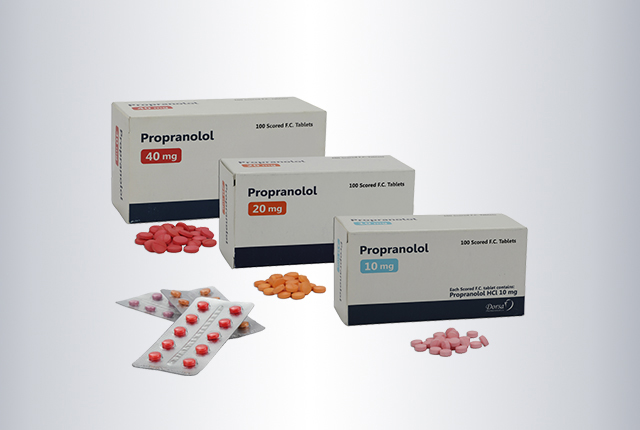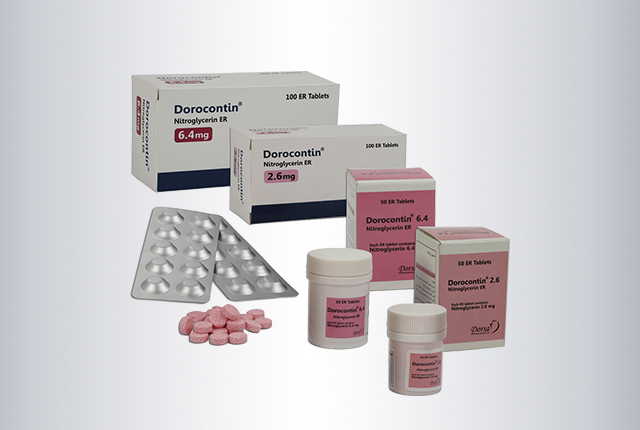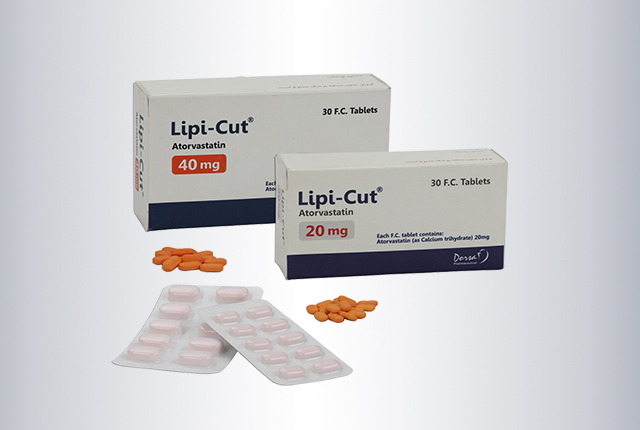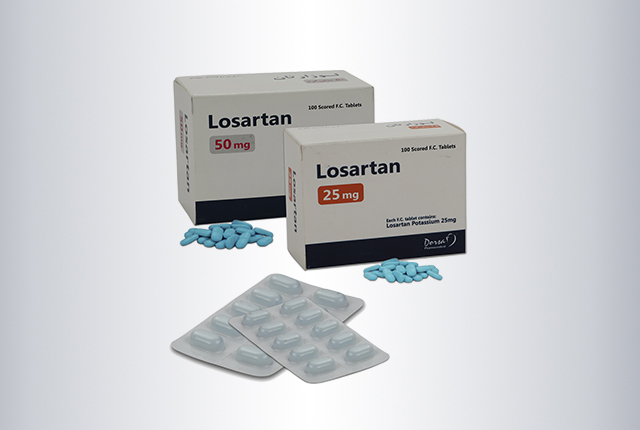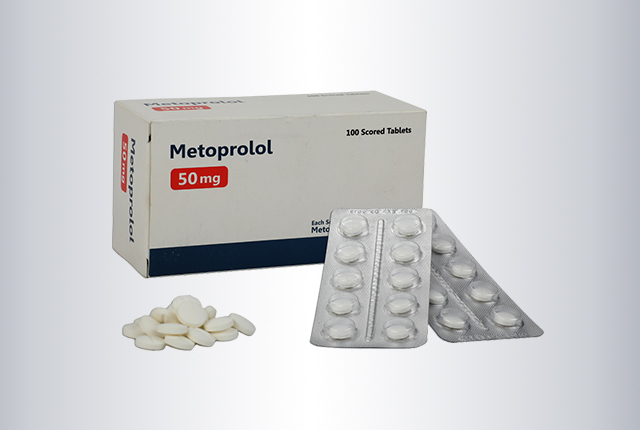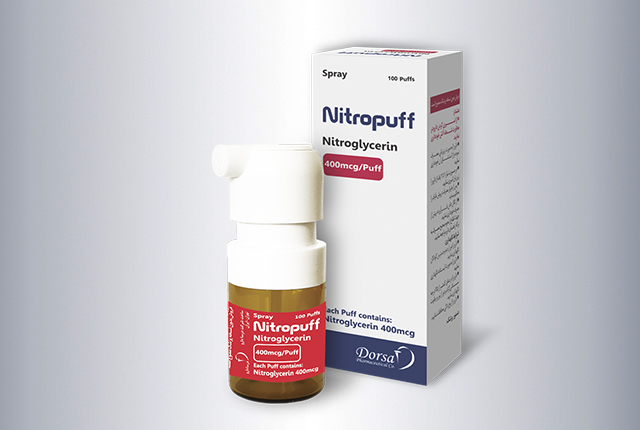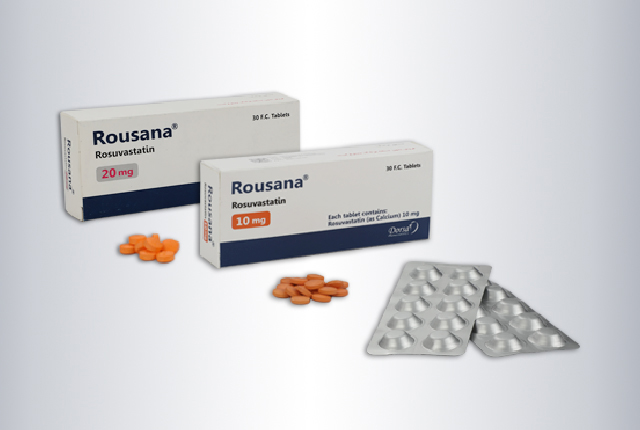Propranolol
Here is a summary of the information about Propranolol. If there is anything you do not understand, please ask your doctor or pharmacist to explain it to you.
- Keep out of the reach of children.
- Do not use after the expiry date printed on the label.
- FDA pregnancy category: C
- Rx only.
- Do not throw away any medicines via wastewater or household waste. Ask your pharmacist how to throw away medicines you no longer use.
Gerenal information
Patient Information
Propranolol belongs to a group of medicines called beta blockers. It has effects on the heart and circulation and also on other parts of the body.
What Propranolol is used for:
Propranolol can be used for many conditions including:
- Hypertension (high blood pressure)
- Angina (chest pain)
- Some arrythmias (disorders of heart rhythm)
- Protection of the heart after a myocardialinfarction (heart attack)
- Migraine
- Essential tremor, anxiety
- Certain thyroid conditions (such asthyrotoxicosis, which is caused by an overactive thyroid gland)
- Hypertrophic cardiomyopathy (thickened heart muscle)
- Phaeochromocytoma (high blood pressure due to a tumour usually near the kidney)
- Bleeding in the oesophagus caused by high blood pressure in the liver
Tell your doctor or pharmacist before using Propranolol if :
- You have ever had asthma or wheezing, do not take your Propranolol tablets. Go back to your doctor or pharmacist.
- You get allergic reactions to such things as insect stings.
- You have diabetes as Propranolol may change your normal response to low blood sugar, which usually involves an increase in heart rate. Propranolol may cause low blood sugar levels even in patients who are not diabetic.
- You suffer from unstable angina (non exercise-induced sharp chest pain).
- You have thyrotoxicosis. Propranolol may hide the symptoms of thyrotoxicosis.
- You have kidney or liver problems (including cirrhosis of the liver). If so, talk to your doctor because you may need to have some check-ups during your treatment.
- You have any other health problems such as circulation disorders, heart problems, breathlessness or swollen ankles
- You are taken any other medicines
Know all the medicines you take. Keep a list of them with you to show your doctor and pharmacist.
How to take your Propranolol:
Always take this medicine exactly as your doctor or pharmacist has told you. Check with your doctor or pharmacist if you are not sure. Propranolol film-coated tablets should be swallowed with a drink of water. Your doctor will have decided how many tablets you need to take each day depending on your condition. Follow your doctor’s instructions about when and how to take your tablets.
What to do if you forget to take a dose :
If you forget to take a dose, take it as soon as you remember and then take your next dose at the usual time. Don’t take two doses at the same time. If you are worried, ask your doctor or pharmacist for advice. Do not stop taking your medicine without talking to your doctor first. In some cases, it may be necessary to stop taking the medicine gradually.
While taking Propranolol:
- Alcohol may affect how this medicine works.
- If you go into hospital to have an operation, tell the anaesthetist or the medical staff that you are taking Propranolol.
- If you are pregnant or breast-feeding, think you may be pregnant or are planning to have a baby, ask your doctor or pharmacist for advice before taking this medicine.
- Your medicine is unlikely to affect your ability to drive or to operate machinery. However, some people may occasionally feel dizzy or tired when taking Propranolol. If this happens to you, ask your doctor for advice.
What to do if you take too many tablets :
If you have accidently taken more than the prescribed dose or are experiencing symptoms of overdose, you should urgently seek medical attention. If you accidentally take an overdose of your medicine, either call your doctor straight away, or go to your nearest hospital casualty department. Always take any remaining tablets, the container and the label with you, so that the medicine can be identified.
Side-effects :
The following side effects may happen with this medicine.
- Common: Cold fingers and toes,The heart beating more slowly, Numbness and spasm in the fingers which is followed by warmth and pain (Raynaud’s phenomenon), Disturbed sleep/nightmares, Fatigue. Uncommon: Diarrhoea, Nausea, Vomiting.
- Rare: Worsening of breathing difficulties, sometimes with fatal outcome, if you have or have had asthma, Breathlessness and/or swollen ankles, if you also have heart failure, Heart block which may cause an abnormal heart beat, dizziness, tiredness or fainting, Dizziness, particularly on standing up, Worsening of your blood circulation if you already suffer from poor circulation, Hair loss, Mood changes, Confusion, Memory loss, Psychosis or hallucinations (disturbances of the mind), Tingling of the hands, Disturbances of vision, Dry eyes, Skin rash, including worsening of psoriasis, Purple spots on the skin(purpura)
Reporting of side effects:
If you get any side effects, talk to your doctor, pharmacist or nurse. This includes any possible side effects not listed here.
You can also report side effects directly via the Yellow Card Scheme at: www.dorsapharma.com/ (ADR Form)
By reporting side effects, you can help provide more information on the safety of this medicine.
Product specification
| Generic name | Propranolol |
| Dosage form | 10 mg(pink), 20mg (orange), 40 mg(dark pink) round scored F.C tablets |
| Category | Cardio vascular system (Beta blocker) |
| ATC code | C07AA05 |
| Package | Box of 10’s Alu-PVC blisters of 10 tablets |
| Active ingredient | Propranolol HCl |
| Storage | Below 30°C. Protect from light & moisture. |
| Shelf life | 2 years |
